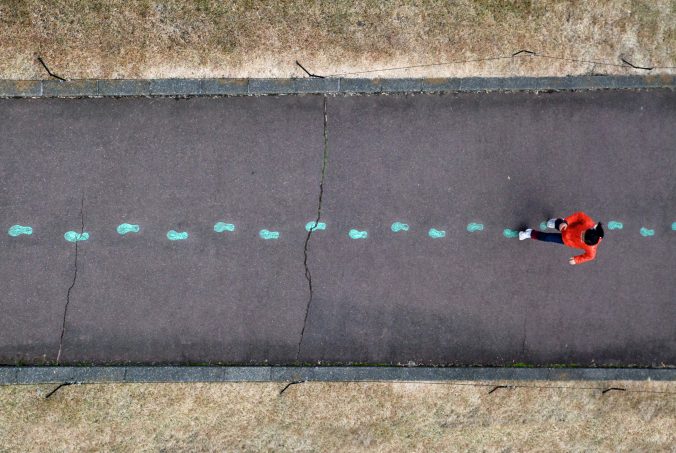Open dialogues about media literacy and factual information can create conflict, why does this happen?
There are a couple reasons that open dialogues about media literacy and factual information can create conflict.
The first reason is due to confirmation bias. People tend to seek and interpret information in a way that confirms their preexisting beliefs and values. When discussing media literacy and factual information, individuals may selectively accept or reject information based on whether it aligns with their existing worldview. This confirmation bias can lead to heated disagreements, as each side may be reluctant to accept evidence that challenges their beliefs.
The second reason is due to misinformation. In today’s digital age, misinformation can spread rapidly through social media and other online platforms. When people encounter conflicting information, they may struggle to discern what is true and what is not. This confusion can lead to clashes as individuals passionately defend their viewpoints, even if they are based on fasl or misleading information.
What is the benefit of having a PLN that values media literacy
Having a personal Learning Network that values media literacy offers signifigant benefits through improved decision-making, improved critical thinking, and protection against misinformation.
A PLN that values media literacy will share reliable and factual information. This empowers individuals to make well-formed decisions in their personal and professional lives, ensuring that their choices are based on evidence rather than misinformation.
Interacting with a PLN that prioritizes media literacy encourages critical thinking. Members of the network are more likely to question information sources, assess credibility, and verify facts independently. This habit of critical analysis extends beyond media consumption and can positively impact problem-solving and decision-making abilities.
Misinformation and disinformation are prevalent in the digital age. A media-literate PLN can serve as a safety net, helping to fact-check and debunk false claims. By relying on a network that values media literacy, individuals can reduce their vulnerability to believing and spreading misinformation.

Recent Comments